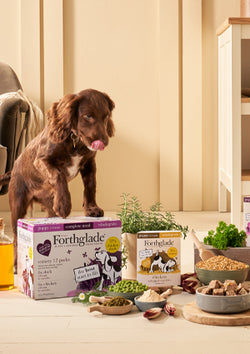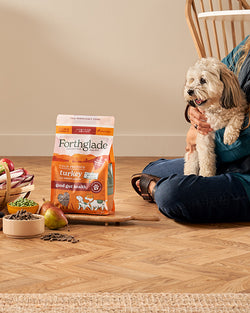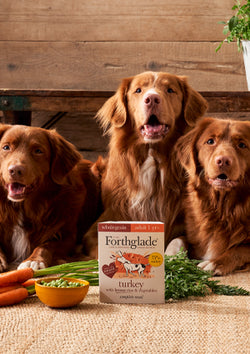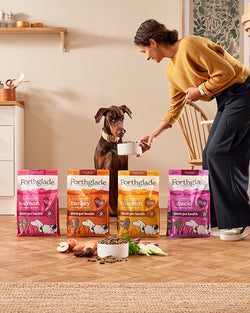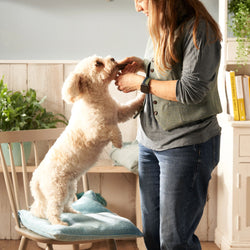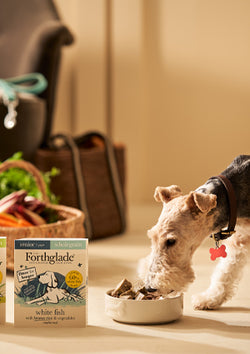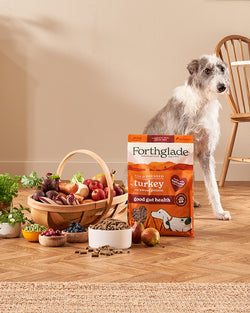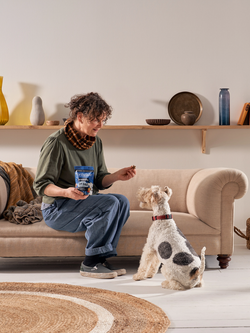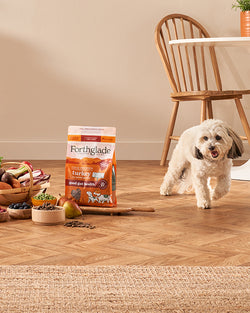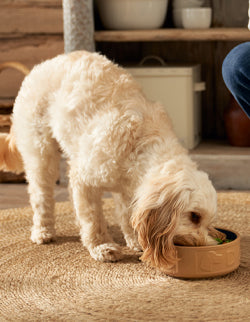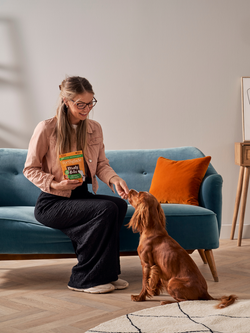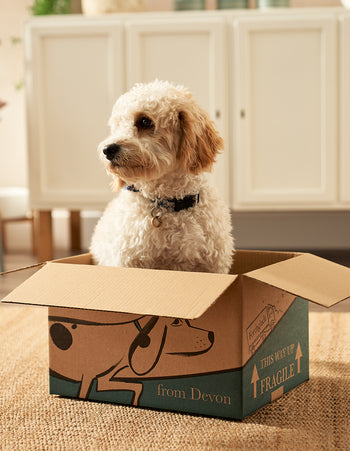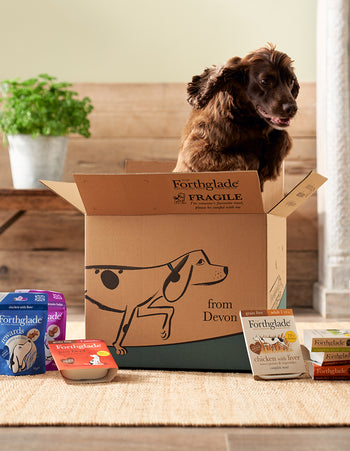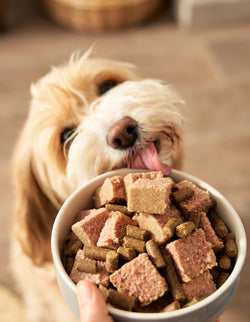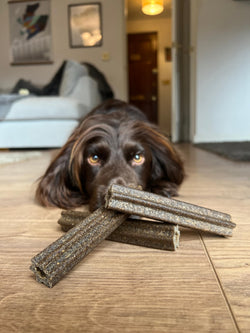Blue-green algae is a term used to describe a group of bacteria, called cyanobacteria. Although not actually an algae, the bacteria was given this name as it often looks like algae when it clumps together in bodies of water.

The bacteria cannot be seen with the naked eye, but when they clump together it can look like green flakes, greenish bundles or brown dots in a pond, lake or stream. Often, when the algae blooms it can look like a blue-green scum has appeared on the surface of the water (some people even liken it to the appearance of a foam-like pea soup) and it usually builds up around the edges of ponds & lakes.
Blue-green algae is most common in non-flowing fresh water such as lakes and ponds during hot weather when there is less rainfall, so all this unusually lovely weather we've been experiencing this summer is creating the perfect conditions for the bacteria to flourish.
Don't forget though, that blue-green algae can also occur at other times of the year - so take note of any warning signs in the area.
How can blue-green algae affect my dog?
Blooms of blue-green algae can produce harmful toxins which stop a dog’s liver from functioning properly. However, not all types of blue-green algae are dangerous.

Sadly, exposure to toxic blue-green algae is often fatal, and can also cause long-term health problems in dogs that survive after drinking or swimming in algae-contaminated water. Some types of blue-green algae can kill a dog just 15 minutes to an hour after drinking contaminated water.
Dogs who have been swimming in water can get the algae caught in their fur, and can ingest it while cleaning themselves later on.
Concentrations of the algae vary throughout the year and may not always be harmful - but you can’t tell simply by looking at them whether or not they are dangerous, so it is best not to run the risk of allowing your dog to come into contact with water where the algae may be present.
What are the symptoms?
If your dog shows any of the following signs after drinking from, or swimming or paddling in water, contact your vet immediately and tell them you are concerned about blue-green algae:
- Vomiting/being sick
- Diarrhoea
- Seizures/fitting
- Weakness/collapse/unconsciousness
- Disorientation/confusion
- Drooling
- Breathing difficulties
There is no antidote for the toxins produced by the bacteria, but if caught early enough, your vet will likely try to make your dog sick and attempt to flush the toxins from the body before they take hold.
Sadly, blue-green algae poisoning often eventually causes fatal liver failure.
These symptoms are commonly seen with other illnesses too, which are often less serious, but you should always call your vet if you are worried your pet is sick.

How can I protect my dog from blue-green algae?
Keep your dog away from lakes and ponds that you know, or suspect may, contain blue-green algae - do not let them paddle in or drink from any areas of water where you can see 'algae' and cannot be sure that it isn't potentially fatal blue-green algae.
Take note of signs warning of the algae during dog walks and follow the information given.
Give your dog a thorough clean after any walk, or paddle in water to avoid them accidentally ingesting any algae after their swim.
Is blue-green algae a health risk to humans?
Yes, blue-green algae can cause skin rashes, sickness, stomach pains, fever and headaches in humans. There have been some reports of more serious illnesses including liver and brain damage. Children are at greater risk than adults. Don’t drink from or enter this water.
If you think you have spotted blue-green algae in water and cannot see any signage, report it to the Environment Agency who can investigate.
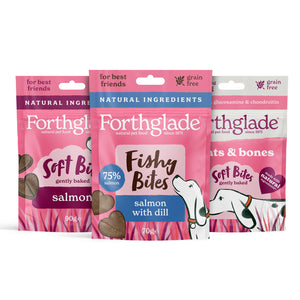

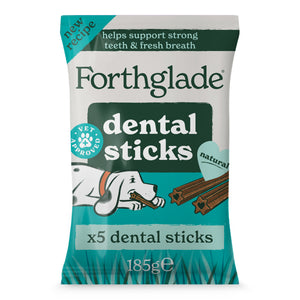
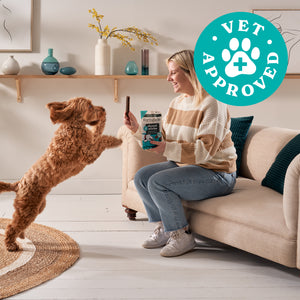
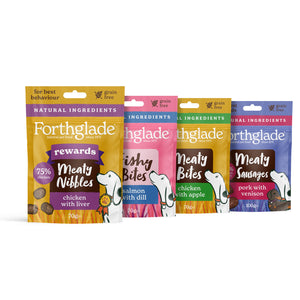
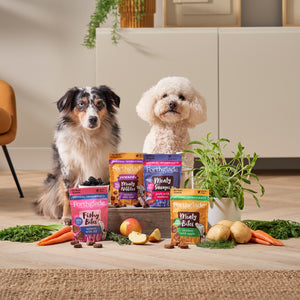
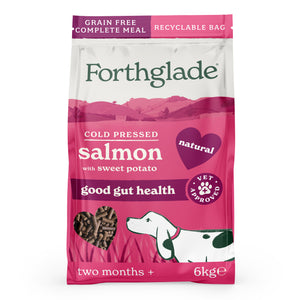
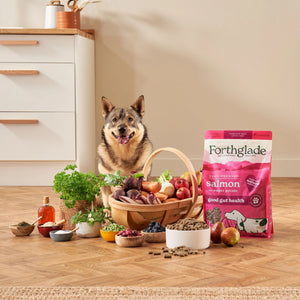


 Over 13,000 5* Reviews
Over 13,000 5* Reviews
 Subscribe & Save At Least 10% Off Every Order!
Subscribe & Save At Least 10% Off Every Order!


